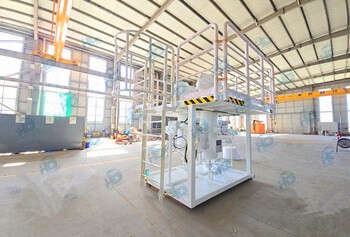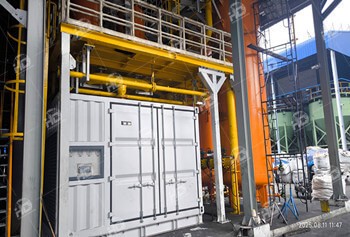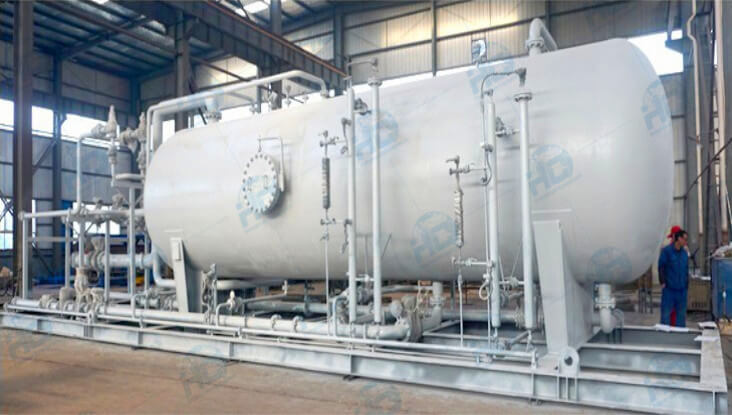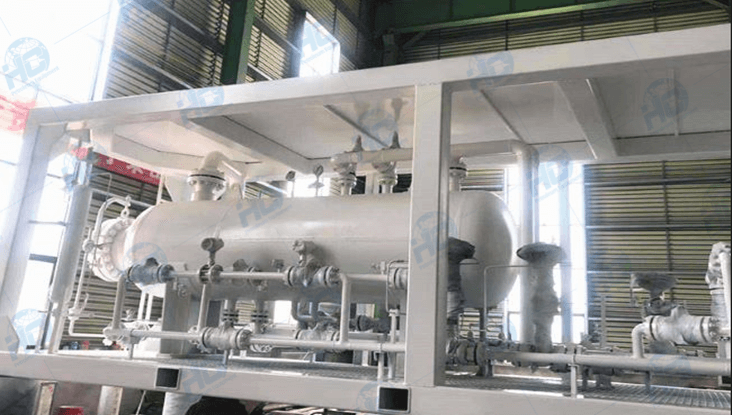Within the oil and gas sector, the use of test separators and production separators is integral to the efficient extraction and processing of hydrocarbons. Despite both being employed for the separation of oil, gas, and water, these separators serve distinct purposes and find application at different stages of the production process.
1. Test Separators:
Test separators are primarily utilized during the exploration and appraisal phases of oil and gas fields to assess reservoir fluid productivity and composition accurately. These separators are engineered to manage small fluid volumes at varying flow rates and pressures and are equipped with instruments to measure critical parameters such as flow rates, pressure, and temperature. Operating on the principle of gravity separation, test separators enable the precise measurement and analysis of fluid composition by allowing the different components of well fluid to separate based on their densities.
Production separators are deployed during the production phase to effectively separate and treat large volumes of well fluids before their transmission to processing facilities. Designed for high-volume fluid processing at consistent flow rates and pressures, production separators feature mechanisms that efficiently separate oil, gas, and water. Similar to test separators, production separators rely on gravity separation but are optimized for continuous operation and higher throughput, ensuring the quality of produced fluids and preventing equipment damage downstream.
3. Operational Differences:
Usage: While test separators are temporary installations used for short-term testing, production separators are permanent fixtures that operate throughout the entire production life of a well.
Design: Test separators are typically smaller and more portable, contrasting with the larger and more robust design of production separators.
Maintenance: Due to their temporary nature, test separators require regular monitoring and maintenance, whereas production separators adhere to routine maintenance schedules.
How Does a Oil And Gas Separator Work?
An oil and gas separator uses gravity to separate oil, gas, and water in a well stream. The stream enters the separator and is slowed down, allowing gas to rise and be removed from the top. Water, being denser, settles at the bottom. The separated oil, gas, and water are then removed through different outlets.
The distinctive roles of test separators and production separators are vital components of oil and gas production operations. Understanding these differences is essential for ensuring the efficiency and effectiveness of oil and gas production facilities.
-
2025 / 11 / 01
 HC Successfully Delivers Gas-Liquid-Sand Separator for Xinjiang Oilfield Project
HC Successfully Delivers Gas-Liquid-Sand Separator for Xinjiang Oilfield Project -
2025 / 08 / 20
 HC Successfully Delivered Filter Coalescer Skid to Malaysia
HC Successfully Delivered Filter Coalescer Skid to Malaysia -
2025 / 08 / 12
 Thailand Sulfur Removal Unit Commissioned for Natural Gas Processing Plant
Thailand Sulfur Removal Unit Commissioned for Natural Gas Processing Plant
- +86 158 6190 3617










